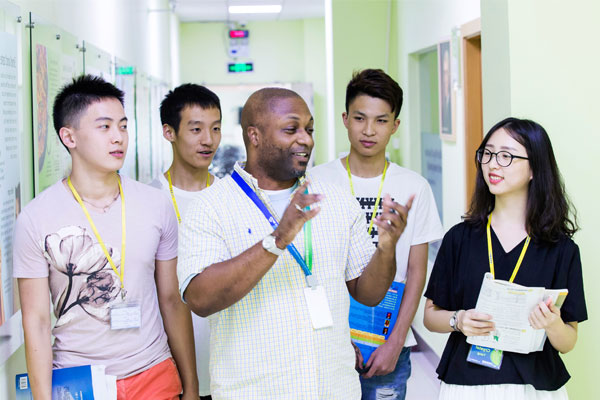1、用于连接两个名词,其中前者表示后者的特定方面。
Nine of the children came to the show. 其中的九个孩子观看了演出。
He ate a piece of cake. 他吃了片蛋糕。
We had almost reached the end of the street. 我们几乎到了街的尽头。
2、用于连接两个名字或名词与现在分词,其中后者对前者进行限定或补充。
She let out a little cry of pain. 她疼得轻呼了一声。
This has been a good chance of meeting up with everyone again. 这是一个和大家再次见面的好机会。
3、用于有动词意味的名词后指名动作对象或主体。
The death of their father shocked us. 他们父亲的死震惊了我们。
the Marriage of Figaro. 《费加罗的婚礼》
4、用于指示数量或组群的词和短语后表示计量的对象。
My mother bought a dozen of eggs. 我妈妈买了十二个鸡蛋。
He has a collection of short stories. 他有一部短篇小说集。
5、指示所属机构或地方。
Jack is the manager of this company. 杰克是这家公司的经理。
Hang Zhou is the capital of Zhe Jiang province. 杭州是浙江省的省会。
6、指示容器。
A cup of coffee, please. 请给我一杯咖啡。
Marta drank a glass of juice. 玛尔塔喝了一杯果汁。
7、(表示材料或成分)由…制作而成。
a mixture of apples and bananas. 苹果和香蕉的混合物。
8、接形容词后表看法。
This has been so nice, so terribly kind of you. 您这么做真是太好心,太令我们感激不尽了。
That's certainly very generous of you Ton. 托尼,你真是慷慨大方。
9、指示某人或某事的特点。
She didn't know the worth of her books. 她不知道她的书的价值所在。
She is a woman of enviable beauty. 她的美貌令人艳羡。
10、表示时间。
A quarter of six 6点差一刻


